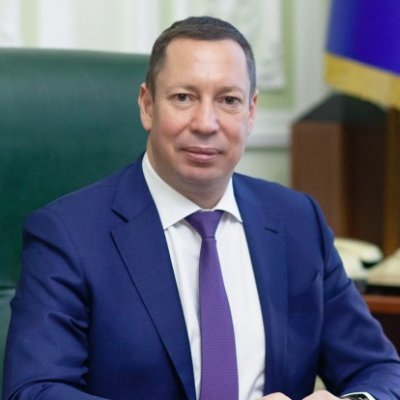By Kyrylo Shevchenko, Photo by Cesar Santa Cruz Arevalo
The August 2025 U.S. jobs report confirms a pronounced slowdown in the labor market. Only 22,000 jobs were added—far below the 75,000–80,000 forecasts—and the unemployment rate ticked up to 4.3% from 4.2% in July .
Over the previous three months, average monthly job gains dropped to around 29,000, compared to about 168,000 per month in 2024 . The June data was revised sharply downward, from a previously reported +14,000 to a loss of 13,000 jobs, marking the first monthly decline since December 2020 .
Meanwhile, the number of unemployed persons is around 7.4 million, virtually unchanged but still notably high, and matching the 4.3% jobless rate .
This pattern aligns with a standard labor market cycle, where monetary tightening results in higher unemployment—but only after a lag of typically 12 to 18 months. After interest rates were raised from 0.25% in early 2022 to around 5.5% by mid-2023, the effects on hiring began to surface in late 2024 and intensified in 2025 .
Historically, U.S. unemployment cycles tend to span 2 to 3 years from trough to peak. After the 2008 financial crisis, the unemployment rate rose from 4.7% (late 2007) to about 10.0% (October 2009)—almost two years. Post-pandemic, the jobless rate fell from a peak of 14.8% (April 2020) to around 3.4% in early 2023, marking a new bottom. Now, the recent rise to 4.3% in August 2025 signals the beginning of a reversal—driven by continued high borrowing costs and weaker domestic demand.
Thus, the muted job gains in recent months should not be treated as unexpected—but rather as textbook macroeconomic dynamics: overheating followed by monetary tightening, then cooling, and a lagged rise in unemployment.
About the Author

| Kyrylo Shevchenko is a devoted father, proud Ukrainian who was the Chief of the National Bank of Ukraine (July 2020-October 2022). A Banker/Financier with 30 years of experience, Kyrylo maintains his cool amongst immense pressure and challenges. He successfully managed war time crisis during the February 2022 Russian-Ukraine conflict, while sustaining banking system in an interrupted mode. |

